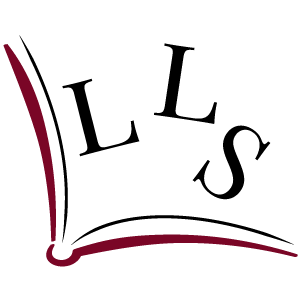
Praying
Mary Oliver
It doesn’t have to be
the blue iris, it could be
weeds in a vacant lot, or a few
small stones; just
pay attention, then patch
a few words together and don’t try
to make them elaborate, this isn’t
a contest but the doorway
into thanks, and a silence in which
another voice may speak.
from Thirst, © Beacon Press, 2007
At the LitSalon’s Reading the Body retreat in Umbria earlier this month, I was reminded how intimidating creative writing can be for many people — even the most intelligent, eloquent and accomplished.
As fifteen of us gathered and got acquainted in front of the villa, with its many varieties of trees and birdsong, I knew there’d be no shortage of inspiration for our writing together. Not to mention the literary discussions and daily yoga practice. Yes, we’d be not only reading the body but writing it too.
A few people pulled me aside to say that they would not be joining the writing workshop. More than a few were hesitant: it wasn’t their thing; they’d been scarred at school; they weren’t creative enough; it’s intimidating . . . But, like Mary Oliver says, ‘it doesn’t have to be.’
The way we write together in these workshops is more about noticing, connecting, and playing with words. Because I gently direct the writing, participants can be released from pressure and be spontaneous and intuitive — the opposite of the kind of writing we did in school. There’s no concern for grammar, spelling, punctuation, ‘You don’t even have to use words — you can doodle if you want,’ I say. We’re not concerned at all with perfection. It’s precisely the imperfection of spontaneity that’s at the heart of this playful writing, and I reckon that’s why it feels so good.
It feels good because there’s no critique, no judgment, just reflection. It isn’t a contest; it’s listening to our inner voices and knowing that everyone has something to say. Sharing and noticing the process of writing, not the writing itself. Of course, you can read your words if you want to. And sometimes, but not always, there’s a bit of magic in what emerges.
By the third workshop, word had spread like our laughter in the air. Almost everyone had given it a go. We made pantoums (an ancient Malaysian poetic form), sankalpas, metaphors, a collaborative poem . . . As a facilitator I was grateful for the bravery and creativity of all who participated and I like to think it added to their retreat experience. I wrote in my own reflections, ‘the Salon is as full of curious, creative women as the place is full of aromas — herbs, grass, rain. Fruits are ripening. Are we?’
If you feel curious or inspired, why not join me online for the next set of workshops in the ‘Writing Through the Seasons’ series? Summer starts on Tuesday 27 June.
Editor’s note:
Below, hot off the press, are two reviews of Alison’s writing sessions in Umbria.
‘An unexpected bonus for me was Alison’s writing groups. I went with a lot of trepidation, wanting, but not expecting to be able to write anything creative – even though I have wanted to do so for years. I have come back with a notebook full of fragments, embryonic poems, and ideas. We were told to dismiss our inner critic, and thanks to the time limits- (5 minutes to write a poem!) – my ‘busy old fool’ – (a Welsh Methodist superego) – never got a chance to stick his thin nose into the process, or to sniff disapprovingly at my unruly spontaneity.’
‘Alison proposes a writing experience which works just as well for a seasoned writer as it does for a beginner. Her exercises are uniquely tuned to take away inhibitions and provide participants with the confidence they need to express themselves freely. I found the writing that emerged could be as surprising as it was effective. Alison’s natural empathy immediately makes everyone feel comfortable. It’s about harmony; she creates a little circle of concord. She provides the wings we need to fly. And we do!’



